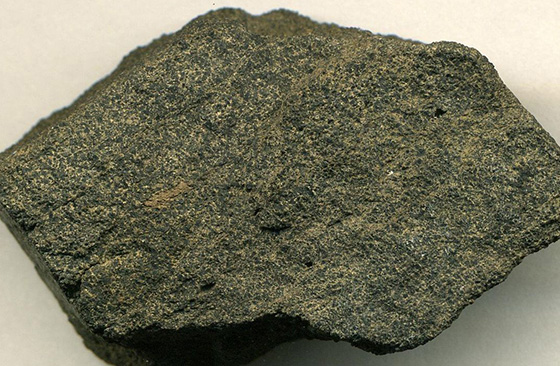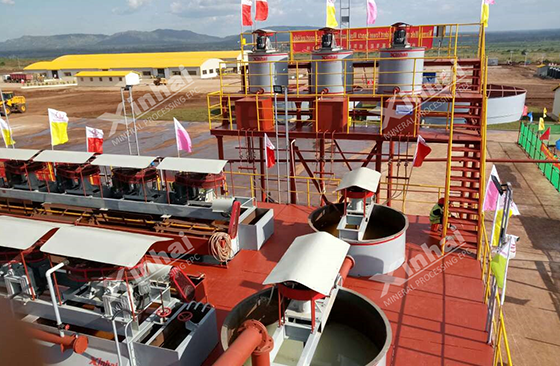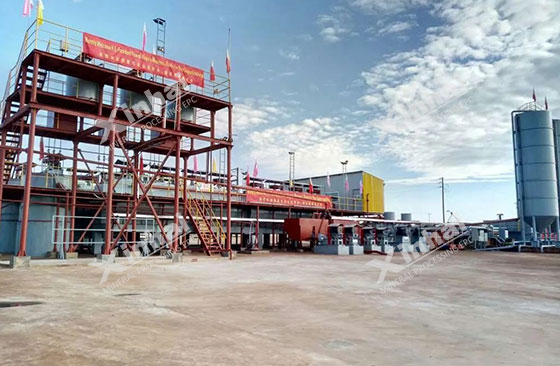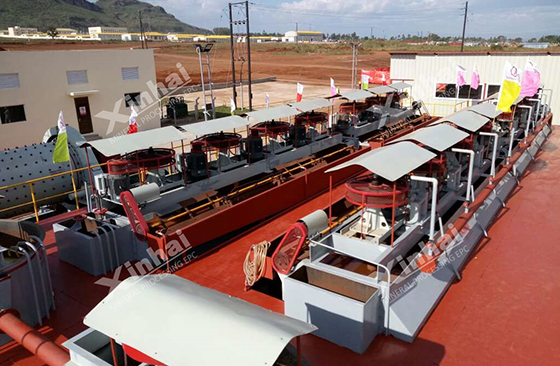Phosphorus resources are a very limited and non-renewable mineral resource that plays a vital role in global industrial and agricultural production. As an important component of fertilizers, chemical raw materials, feed and other fields, the supply of phosphate resources is related to the normal operation of many industries. However, since the formation of phosphate ores in nature is affected by many factors, it is accompanied by a large amount of gangue mineral impurities, which makes phosphate in its original state unsuitable as a direct raw material for industrial production. Therefore, after being mined, phosphate must undergo a series of mineral processing to remove impurities and increase the enrichment of phosphorus in order to meet industrial standards.
Use the table of contents below to navigate through the guide:
01Types of phosphate ores deposits

Worldwide, phosphate deposits can be divided into five main types, each with different formation conditions and mineral characteristics, which brings challenges to the design of mineral processing technology. The following are the five main types of phosphate deposits:
Weathering phosphate deposits: formed by weathering, commonly found in shallow surface layers.
Metamorphic phosphate deposits: formed by geological metamorphism, the ore quality is usually high.
Marine sedimentary deposits: deposited in the marine environment, the most common type of phosphate in the world.
Pyrogenetic phosphate deposits: formed by volcanic activity or magma cooling, with complex mineral types.
Biogenic phosphate deposits: formed by biological action, usually distributed in special geological environments.
Currently, the most economically valuable apatite deposits mainly come from metamorphic and pyrogenetic phosphate deposits.

02Classification and beneficiation process of phosphate ores
There are many types of phosphate ores, and the associated gangue minerals and impurities are different. Therefore, the selection of beneficiation process must be based on the characteristics of the ore type. According to the properties of its associated minerals, phosphate ore can be divided into the following three categories:
1. Siliceous phosphate ores
The associated minerals of this type of phosphate ore are mainly chalcedony, quartz or silicon dioxide in the form of protein. Siliceous phosphate ore can effectively remove harmful impurities through gravity separation or flotation methods to achieve the enrichment of phosphate ores. The gravity separation process uses the difference in mineral density, while the flotation process uses the physical and chemical properties of the mineral surface to separate apatite from gangue minerals through bubbles. The processing of this type of ore is relatively mature and the technical difficulty is relatively low.

2. Clay phosphate ores
The associated minerals of clay phosphate ore are mainly clay, aluminum oxide and hydrated iron. Since the particles of clay minerals are fine and dispersed, scrubbing and washing processes are usually used to remove impurities. Scrubbing can separate clay minerals from apatite particles by water flow or mechanical action. Since these associated minerals are easier to separate, the beneficiation of this type of phosphate ore is relatively simple and the beneficiation efficiency is high.
3. Carbonate phosphate ores
Carbonate phosphate ore is mainly composed of calcium phosphate or phosphate-containing limestone, sometimes with a small amount of quartz. The beneficiation of this type of ore is difficult, and there is currently no large-scale, mature beneficiation process that can successfully separate all carbonate phosphate ores. Since carbonate minerals and apatite have similar physical properties, it is difficult to effectively separate them by conventional physical beneficiation methods. Although this type of ore is difficult to process, its reserves account for 2/3 of the global phosphate resources and are widely distributed. Therefore, with the growing demand for raw materials in the phosphate industry, it is necessary to rationally mine and sort low-grade sedimentary phosphate ore containing carbonate impurities in the future. This will not only ensure the continuous supply of phosphorus resources, but also improve the utilization rate of phosphate resources and promote the further development of mineral processing technology.

The above content is a brief summary of phosphate deposits, different types of phosphate ores, and beneficiation technology. In the context of the increasing global demand for phosphate ores, the continuous advancement of beneficiation technology is particularly important. In order to improve the utilization rate of phosphate ore, future beneficiation processes must be more efficient, environmentally friendly, and able to adapt to the complex properties of different types of phosphate ores. With the advancement of science and technology, new flotation agents, gravity separation equipment, and emerging beneficiation processes may bring breakthroughs in the treatment of carbonate phosphate ores. In addition, waste treatment and resource recovery in the beneficiation process will also become key research areas to ensure the sustainable utilization of mineral resources.


 marketing@ytxinhai.com
marketing@ytxinhai.com  0086 13810327080
0086 13810327080 






































































































 CHAT
CHAT MESSAGE
MESSAGE






